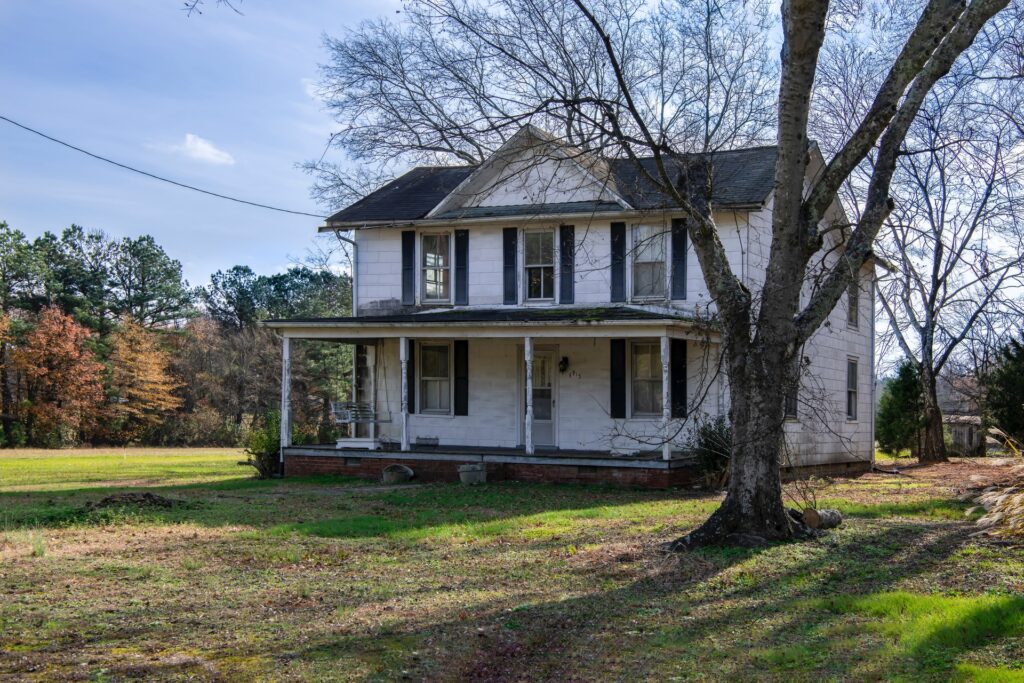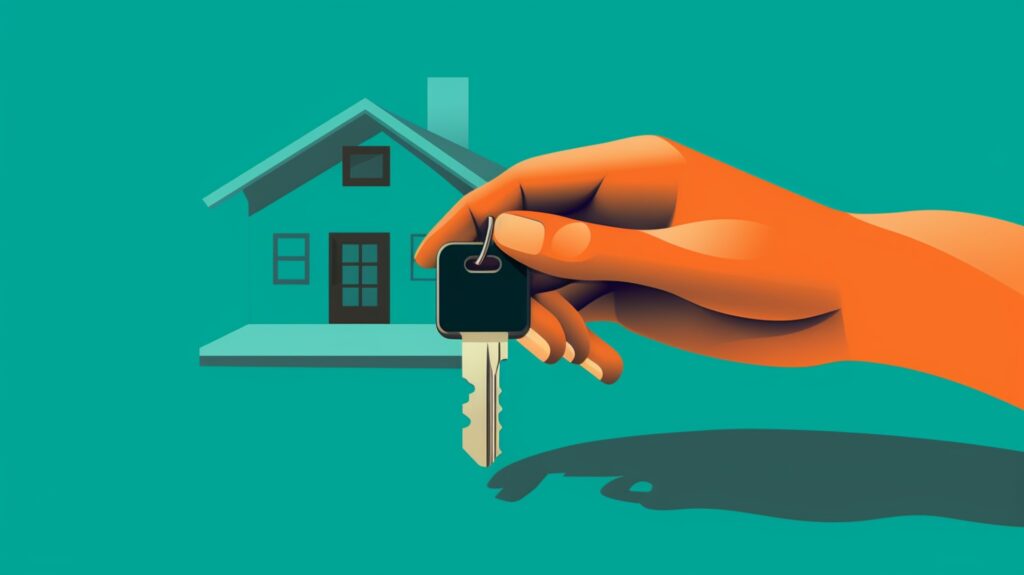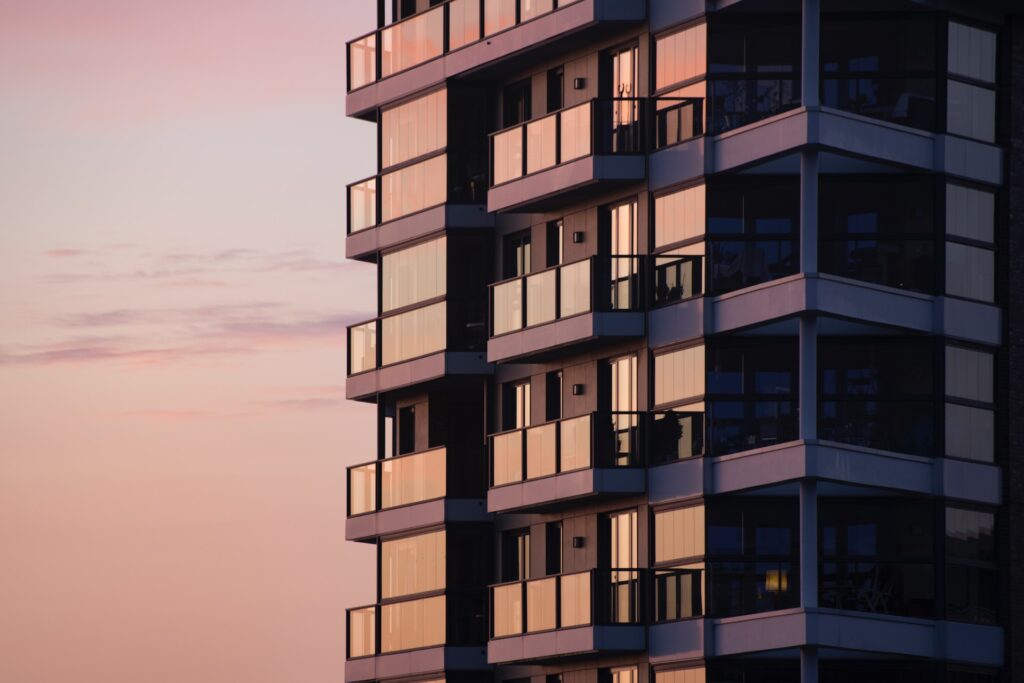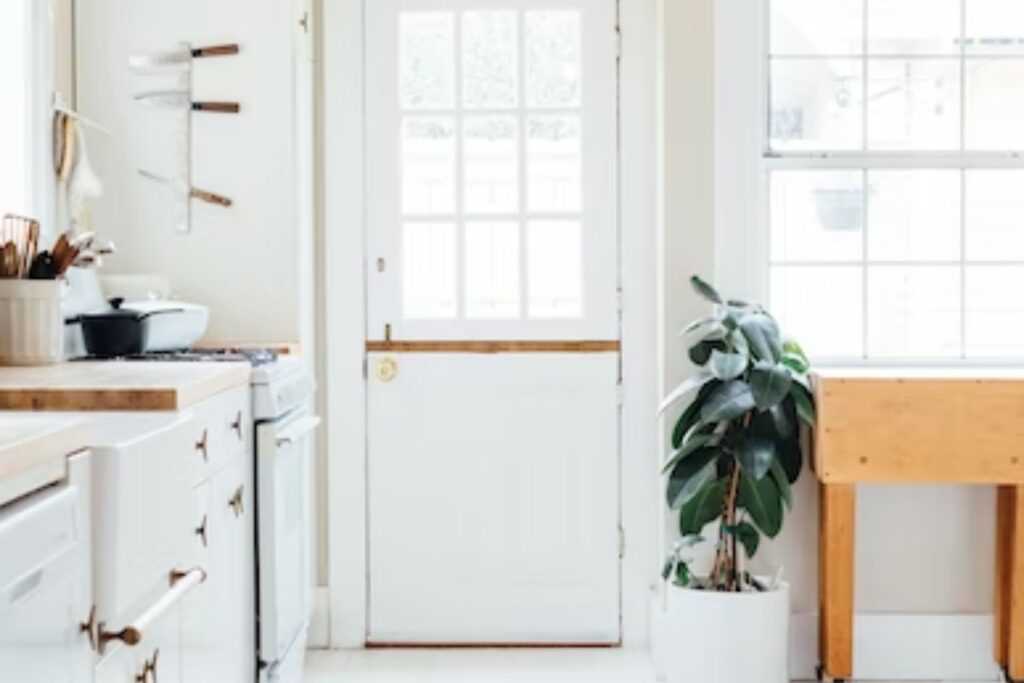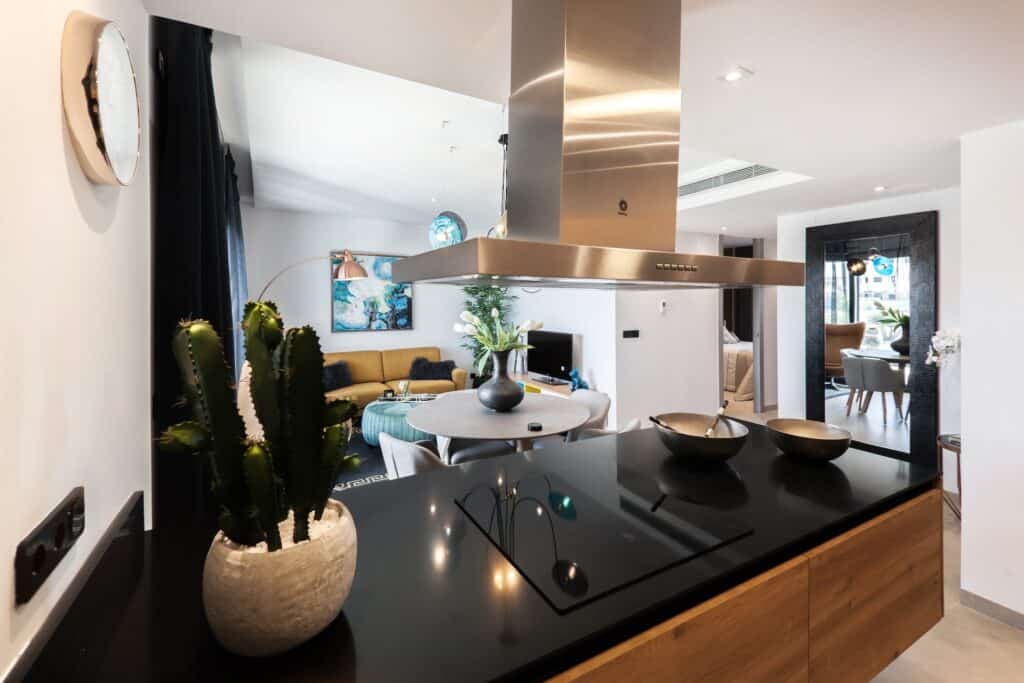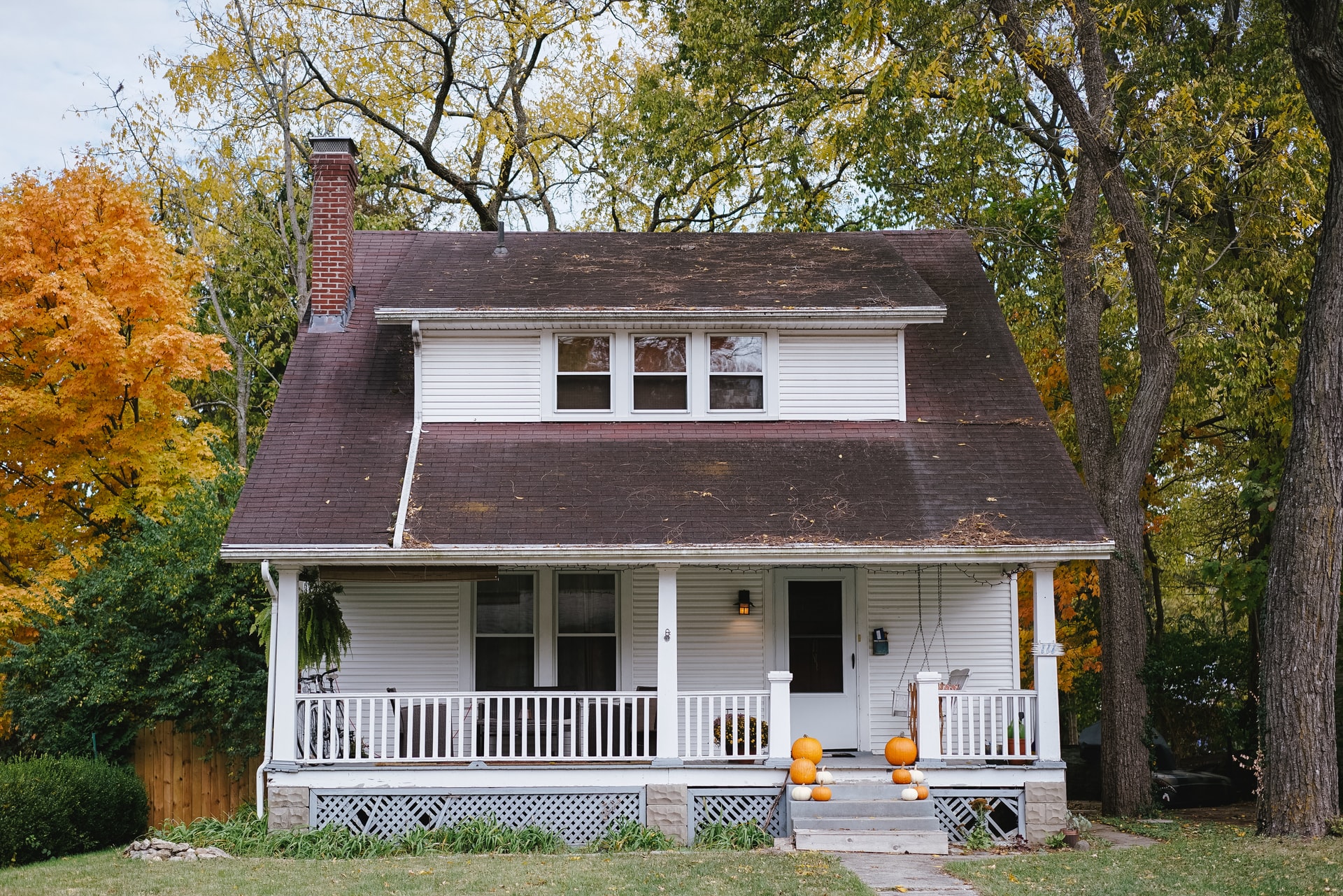
We are reader-supported. When you buy through links on our site, we may earn an affiliate commission.
You must ensure your rental property remains in serviceable condition and complies with all applicable regulations. To do so, you need to schedule routine inspections to test equipment and observe the state of the premises.
However, such scenarios often cause undue stress on both parties. Please understand the power dynamics involved. Your tenants may fear ulterior motives, like preparing to sell in a tough rental market, unless you handle the matter with diplomacy and empathy. Your rental may be your asset, but they view it as their home.
What should you do to ensure the process goes smoothly and maintains positive relationships with well-paying tenants? Here are six tips for preparing for a rental inspection.
1. Alert Your Tenants
Please understand that there are different types of rental inspections. Many landlords perform such actions at move-in and move-out, assessing any damages attributable to the tenant and deducting from their security deposit accordingly. However, you also have the legal right to inspect the property during the tenancy and do drive-bys of your unit to ensure that tenants comply with the terms of their lease agreement.
However, announcing such a visit if you haven’t done so previously or outlined your right to do so at lease signing can cause undue stress to your tenants. The problem multiplies if you have residents in an agreement nearing its end — they could justifiably fear that you plan to drastically raise rents or sell the property, leaving them out in the cold.
Open communication is paramount. Inform your tenants of the purpose of your inspection. For one, the law demands that you provide a 24-hour notice and visit during acceptable business hours, typically between 9 am and 6 pm. It’s best if you spell out routine inspections in the lease and inform them at signing that you will be stopping every three to six months. However, your next best bet is to approach them honestly, reassuring them if you have no plans for drastic changes or giving them plenty of notice if so.
2. Prepare a Checklist
What should you look for during a rental inspection? Your primary objective is to ensure your tenants uphold their lease agreement and don’t violate any CCRs if your property resides in an HOA. Property management companies in some jurisdictions have the right to foreclose over repeat violations — you can explain this to your tenants and should outline it in your lease agreement.
You must also identify any hazards or conditions rendering the property uninhabitable to protect yourself from liability. For example, nearly every state mandates that residential rentals provide hot water and heat, and some states like Arizona also mandate functioning air conditioning. While your tenants should alert you to issues, some hesitate, fearing that excessive repairs will cause their landlord to raise the rent or sell the property. It’s wise to be careful, especially in today’s climate.
Items to include in your checklist include:
- HVAC system
- Water heater
- Air conditioning units
- Locks on windows and exterior doors: Tenants have a right to security on premises.
- Smoke and carbon monoxide detectors
- Plumbing: Run water and check under sinks
- Dryer vents and filters: Clogged vents can spark fires, and filthy air filters can lead to unsafe indoor air conditions.
3. Check the Exterior
You shouldn’t have too many glaring exterior issues. However, you must ensure your landscaping remains neat, especially if your property falls under an HOA’s jurisdiction. Many landlords outsource such maintenance, although there’s nothing wrong with requiring your tenants to handle the basics or going the DIY route if it’s convenient — such as renting out one-half of a duplex.
Furthermore, you should ensure the property’s gutters remain unobstructed to prevent flooding. If you get a leak in an interior wall, it can spark a fire. Always wear a hard hat when working on ladders and give your roof a lookover for broken or missing shingles or tiles. Consider outsourcing this task if the property consists of two or more stories.
Finally, take a look at the property’s foundation and septic system. Look for any cracks. Small, vertical cracks often occur due to settling but pay attention to horizontal numbers and anything larger than a quarter of an inch.
4. Check the Interior
Your interior is where you’ll perform most of your system’s checks. It’s also wise to inspect any appliances you provided. Remember, tenants may hesitate to report items like a broken dryer out of fear, especially in today’s market. While this inconvenience may not bother either of you while they remain in residence, it causes a headache for you when they vacate.
Engage all of your senses. For example, you may have specified no smoking in your lease agreement. Cigarette odors can pervade clothing, and it’s understandable for a tenant’s closet to smell a bit off — but you shouldn’t catch a whiff in the living room or see ashtrays on end tables.
5. Know Your Rights and Limits
When notifying tenants of inspections, please ensure you know the limits of your rights. It helps to communicate these to tenants to put their minds at ease. For example, while you may take pictures of a new hole in the wall, you may not photograph tenants’ personal belongings like their clothing or bicycle.
If you and your tenants don’t have the most cordial relationship, you may wish to go further to protect yourself by putting everything in writing. For example, you should provide written notice of when you plan to inspect the property before each visit — email is a great method, as it includes a time and date stamp. Be aware that some states limit how often you may inspect without cause as it interferes with the tenant’s right to quiet enjoyment of the property.
Preparing for a Rental Inspection
Your job as a landlord doesn’t begin and end with collecting rents. You must maintain your property, and that means performing rental inspections regularly.
Follow the five tips above when preparing for a rental inspection. With a little preparation, you can make the process quick and painless for you and your residents.




